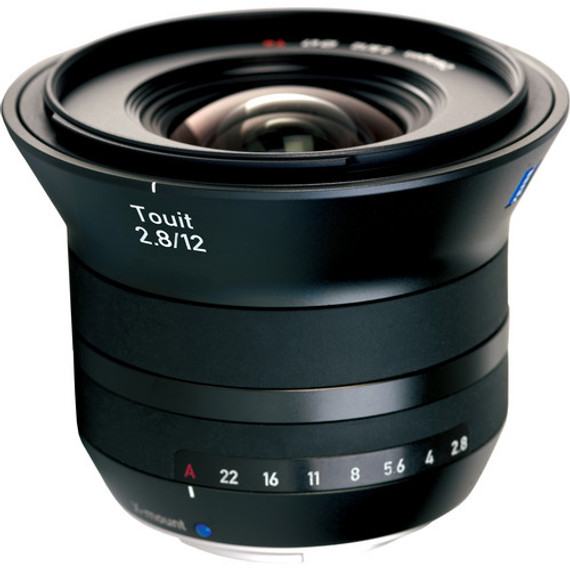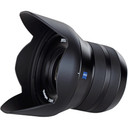
Thanks to the combination of one of the widest fields of view in APS-C format photography with fantastic imaging performance and light weight, this lens makes wide-angle photography even more fascinating. With an angle of view of 99 degrees, the ZEISS Touit® 2.8/12 wide-angle lens will soon become a firm favourite, particularly for landscapes and architectural photography. Its unique ZEISS T*® multicoating guarantees maximum transmission and outstanding absorption of extraneous light. The result: breathtaking image quality from edge to edge and corner to corner of the entire image field. Get yours from Parallel Imported today!
Features:
Smooth and reliable autofocus
The design of the autofocus system demands an extremely precise movement of certain lens elements. As the mass of the elements or groups to be moved within the optical system differs, various motor types may be installed. The focusing system of the Touit lenses is designed to guarantee robust and smooth autofocusing without any need for compromises or limitations in their optical design.
Full compatibility
The ZEISS Touit lenses are designed and constructed specifically for use on APS-C cameras of the Sony Alpha series with E-Mount and Fujifilm X series. The lenses are therefore fully compatible and support all camera functions, including autofocus.
Virtually distortion-free optics
Dramatic perspectives and a view from extraordinary image angles – ZEISS lenses open up new composition possibilities. Distortion would disrupt the composition because straight lines, whose image does not go through the image center, would be reproduced with a curved shape. This annoying effect is accordingly and largely compensated through elaborate optical designs at all focal lengths.
Virtually distortion-free optics
Dramatic perspectives and a view from extraordinary image angles – ZEISS lenses open up new composition possibilities. Distortion would disrupt the composition because straight lines, whose image does not go through the image center, would be reproduced with a curved shape. This annoying effect is accordingly and largely compensated through elaborate optical designs at all focal lengths.
Floating Elements Design
Today’s camera technologies and high-resolution sensors demand continuous improvement of lens performance. Thanks to the use of the latest floating element design principles, optical aberration effects in ZEISS lenses are reduced to a minimum throughout their entire focusing range. This is achieved by variation of the axial distance between individual lens elements or groups. This adjustment of the lens-to-lens distance is coupled to the distance setting to ensure correct compensation at all times. The mechanical construction of these lenses is extremely complex and they must be assembled with utmost precision – both of which are key competencies of ZEISS.


















